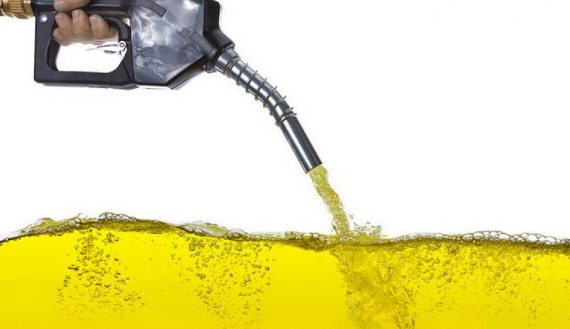
Gas Oil: A Versatile Petroleum Product
Gas oil is a petroleum distillate that falls between kerosene and diesel fuel in terms of its properties. Gas Oil in general is any liquid fuel used in diesel engines, whose fuel ignition takes place, without spark, as a result of compression of the inlet air mixture and then injection of fuel. It’s a clear, colorless liquid with a distinctive odor.
Gasoil is naturally colorless, similar to other petroleum products. However, there are a few reasons why it
might appear yellow:.
- Contamination:
- Water: If gasoil comes into contact with water, it can form a yellow emulsion.
- Rust or other metals: Corrosion can cause discoloration.
- Bacteria growth: Microbial contamination can lead to color changes.
- Additives:
- Some additives used to improve fuel properties might impart a slight yellow tint.
- Storage conditions:
- Improper storage, exposure to sunlight, or high temperatures can cause oxidation and color changes.
Key Characteristics
- Derived from crude oil through fractional distillation.
- Higher boiling point than kerosene, lower than diesel fuel.
- Used as a base for various products.
Common uses:
Fuel: While not typically used as a direct fuel for vehicles, it's a key component in diesel fuel blends.
Chemical feedstock: Used in the production of various chemicals and petrochemical products.
Solvent: Employed in certain industrial processes due to its solvent properties


